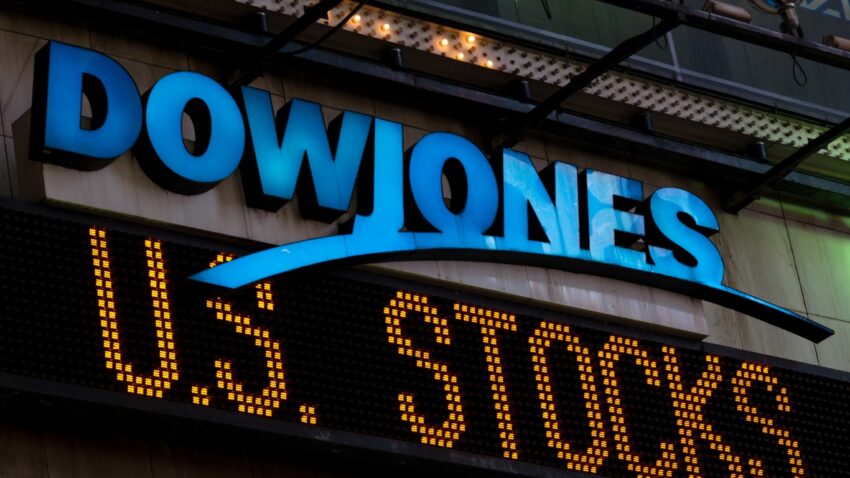Almost 100 years ago, on March 13, 1933, the Dow Jones Industrial Average experienced the largest ever single-day surge. In the midst of the Great Depression, President Roosevelt declared a banking holiday, resulting in the index jumping a whopping 15.3%. This historic moment in the U.S. market is close to unimaginable today, but such a massive leap isn’t impossible. If the Dow jumped that significantly today, it would mean a climb of more than 6,700 points!
In recent months, the economy is threatened due to trade tensions. Potential 30% import tariffs on goods from countries like Canada, China, and the EU threaten to push inflation upwards and bring more financial challenges to the average household. Experts say that if these tariffs are successfully enacted, Americans could see rising consumer prices, a slowing GDP, and a potential recession.
This slideshow explores what triggered the Dow’s record rise in 1933, what today’s equivalent would look like, and how tariffs, inflation, and consumer behavior all play off one another. Learn what could cause another historic market surge, or what could result in a steep plunge.
A Record-Breaking Market Day
- On March 13, 1933 , the Dow Jones Industrial Average rose 15.3% in one day, an all-time record.
- The surge came after President Roosevelt’s declaration of a bank holiday, which was an effort to halt Depression-era panic.
What Could Spark a 15% Jump Today?
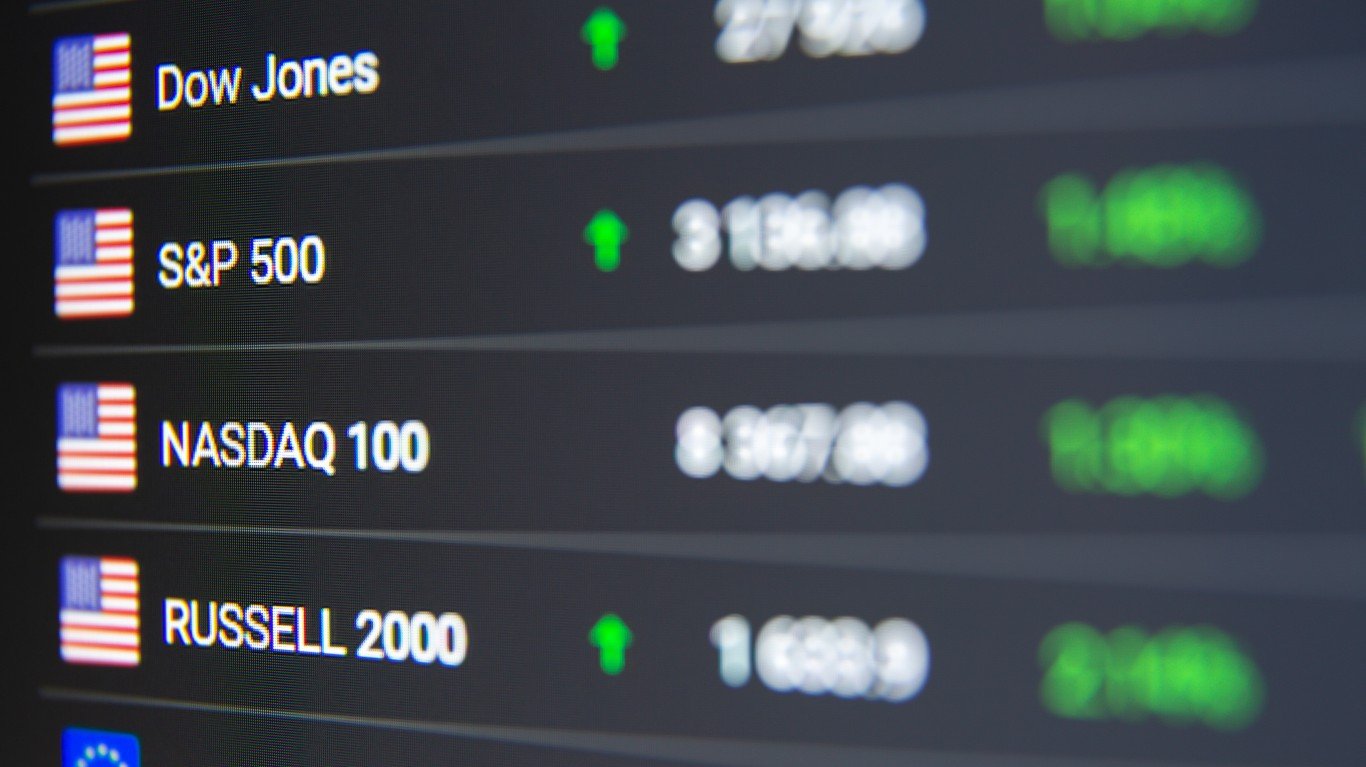
- A modern-day 15% gain in the Dow would equal roughly 6,700 points today.
- Analysts say the end of global trade wars could be the only plausible trigger for a similar jump.
Tariff Threats Loom Large
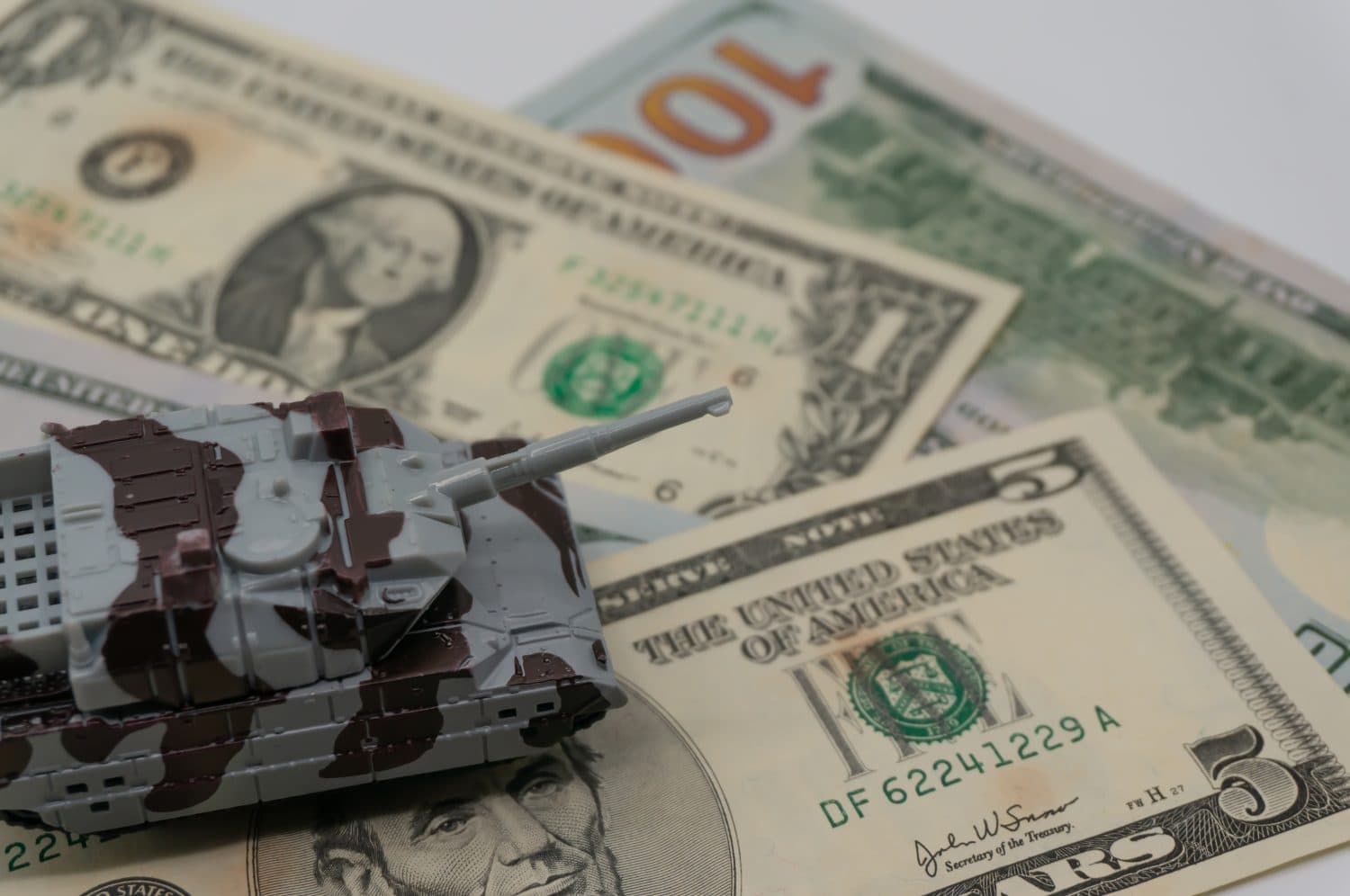
- U.S. plans include potential 30% tariffs on imports from the EU, Canada, Mexico, and possibly China.
- This could intensify trade wars and further disrupt global markets.
Inflation Fears from Trade Wars
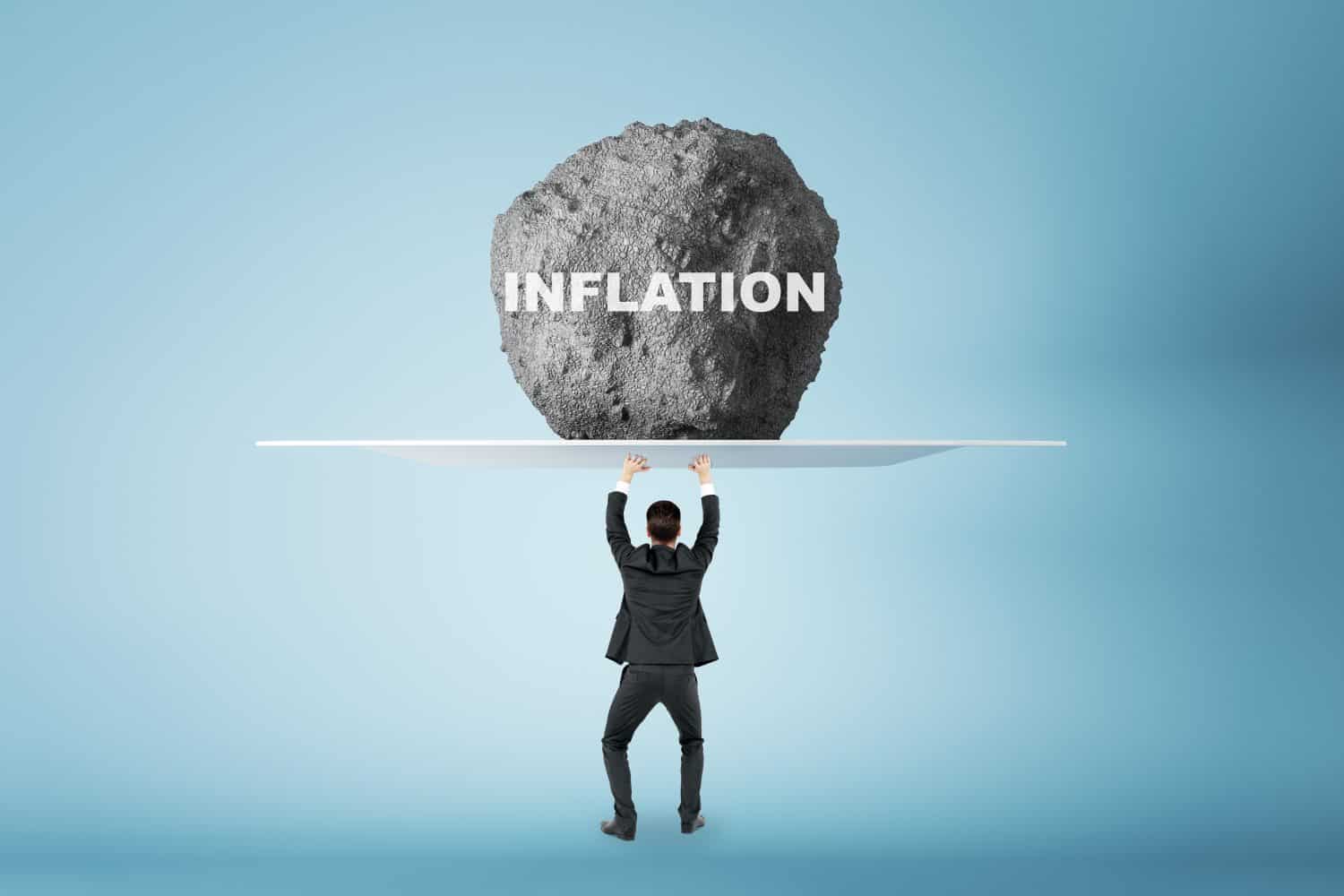
- Experts predict tariffs could push inflation near 10%.
- The CPI spiked to 9.1% in June 2022 , marking a 40-year high and prompting a rapid series of Fed rate hikes.
Tariffs Mean Consumer Taxes
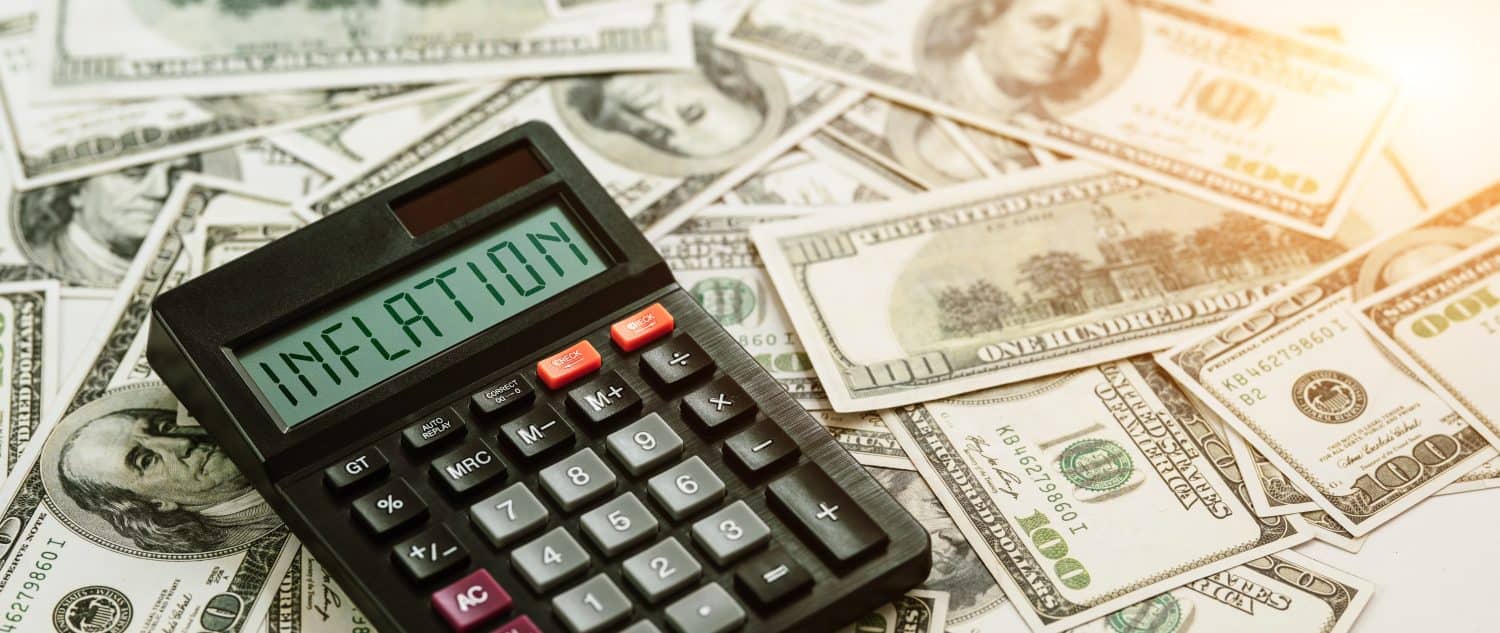
- Tariffs act as indirect taxes that drive up consumer prices, affecting everyday Americans.
- This squeezes household budgets and reduces consumer spending, which drives most of the U.S. GDP.
Risk of a Downward Spiral
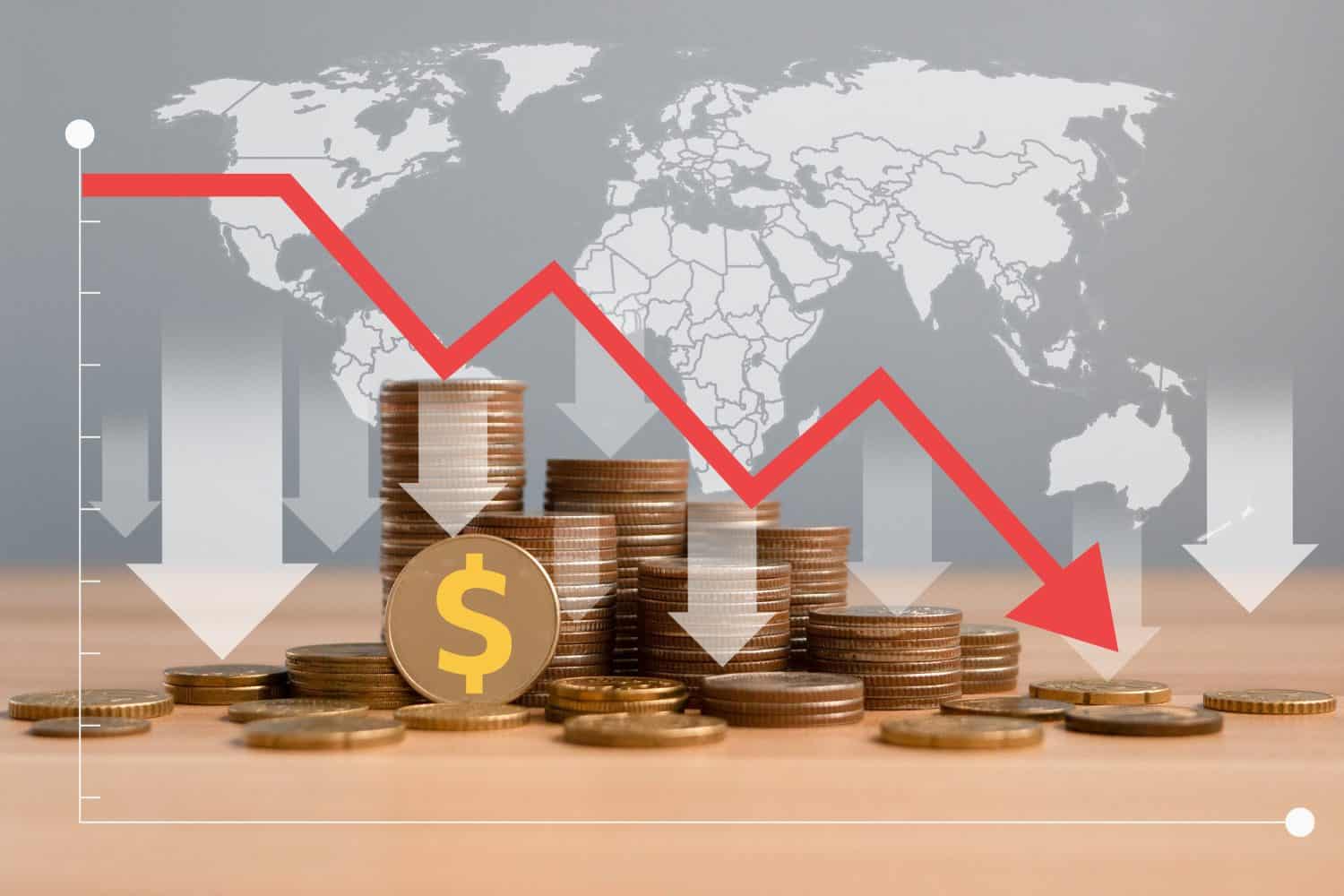
- Reduced spending can lead to falling GDP and possibly a recession.
- Past recessions lasted up to two years and led to widespread job losses .
Hope for Scaled Back Tariffs

- Recent gains in the market are fueled by optimism that extreme tariffs may be avoided
- Investors expect negotiations to result in lower-than-proposed rates by August 1.
Could History Repeat Itself?

- If tariffs are canceled or scaled down, the market could see a massive boost.
- While a 15% one-day gain is rare , it has happened before and could happen again.
The post US Dow Surged 15.3% in 1933, Today’s Equivalent Would Top 6,700 Points Amid Tariff Fears appeared first on 24/7 Wall St..
Click this link for the original source of this article.
Author: Christian Drerup
This content is courtesy of, and owned and copyrighted by, https://247wallst.com and its author. This content is made available by use of the public RSS feed offered by the host site and is used for educational purposes only. If you are the author or represent the host site and would like this content removed now and in the future, please contact USSANews.com using the email address in the Contact page found in the website menu.

